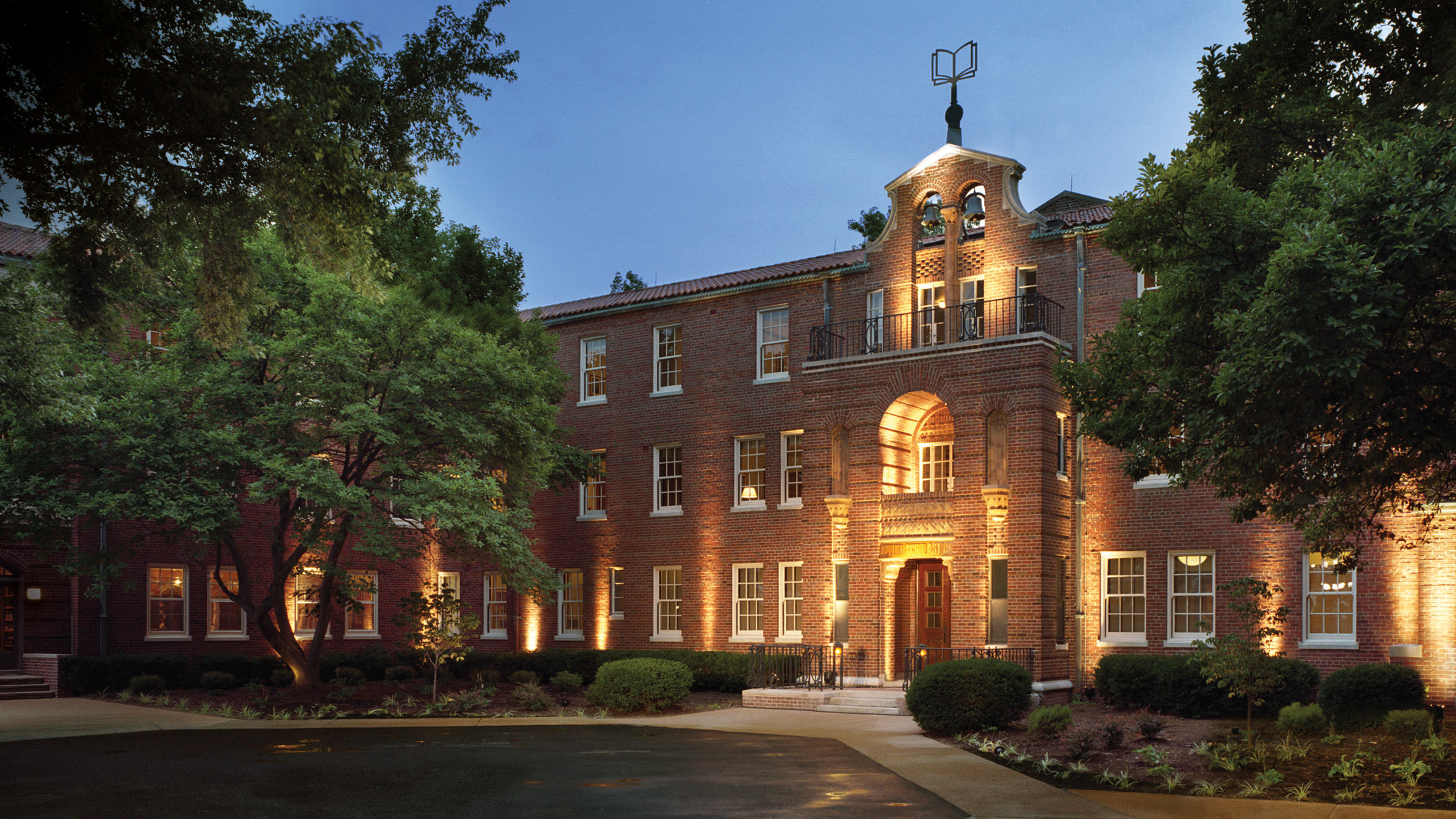Applied Scholastics:
A Renaissance in Education

Through the efforts of Applied Scholastics International, a nonprofit public benefit corporation for the improvement of education globally, L. Ron Hubbard’s Study Technology is presently at work in some seventy nations. It is also at work through entire curriculums and across whole school systems. Then, too, and all told, well over thirty million students have now participated in Applied Scholastics remedial projects across what previously represented the dead end of Western education.
To cite but a little of what ensues when Mr. Hubbard’s technologies for learning and literacy come to the fore: a Los Angeles school district study revealed an average gain of 1.6 years in vocabulary and comprehension after only ten hours of tutoring in Study Technology; while not to put too fine an edge on it, one student actually gained over five years in test scores after only twenty hours of instruction. Instructors further reported an overall improvement in students’ ability to learn, ability to read and a wholly unexpected improvement in classroom conduct.
An Arizona study tested students employing Study Technology after the commencement of a school year and again six months later. Results were similarly astonishing with standard reading tests revealing an average gain of two years in comprehension and vocabulary. Moreover, at four times expected gain, the achievement is especially remarkable for the fact no individual tutoring was provided.
In a South African class of underprivileged high-school students utilizing Mr. Hubbard’s educational methods, gains were just as remarkable. At the end of a school year, students achieved no less than a 91 percent pass rate on Department of Education exams. Meanwhile, a control group, sans Study Technology, finished the year with a dismal 27 percent pass rate on the same said test.
In Mexico’s Puebla State, habitually failing students were afforded a five-week course in Study Technology application. Immediately thereafter, test scores rose three times national averages and the Minister of Education implemented both a statewide Study Technology program and teacher-training academy within the Ministry itself.
In academically challenged schools of the Los Angeles inner-city community of Compton, Mr. Hubbard’s Study Technology makes for equally transforming results: the equivalent achievement of two academic years in but twenty to forty hours of part-time study, and this among recalcitrant and all but illiterate gang members.
The expressed aim, L. Ron Hubbard tells us, is to engender an expertise in the use and construction of language so that students may convey concepts and thoughts clearly and lucidly. Needless to say, and tragically so, the opposite is all too often the case, leaving whole generations without any real conception of the printed page or the intrinsic power of words. But taking into account what Mr. Hubbard left us, there is indeed abundant hope; hence his summary point and an impassioned one at that: let us enable young people to enjoy a lifetime of learning and a love of the written word.
For the complete body of information on Mr. Hubbard’s solutions to education see the L. Ron Hubbard Series edition, Humanitarian: Education, Literacy & Civilization.

The Applied Scholastics International Training Campus at Spanish Lake, Missouri: Hub of a worldwide movement of and for Study Technology, it is here top educators from every academic arena acquire Mr. Hubbard’s tools for learning and literacy. As those educators, in turn, train colleagues so it is that millions fulfill L. Ron Hubbard’s vision of reversing the “whole decay of Western education.”


